In this blog, we will be discussing about, ‘The Basics of Design’, ‘The Basics of Graphic Design‘, ‘Basics of Design Layout and Typography for beginners’, ‘Basics of Design thinking’ or ‘Basics of design and graphics’. My name is Lalit M S Adhikari and we are at LTY. Let’s begin.
Basics of Design
Before reading this blog, I would recommend to read, ‘Graphic Design: Everything you should know!‘, as I had explained there terms like Design, Art, Graphic & Graphic Design.
As Basics of Design should start by answering, ‘What is Design‘, ‘History of Design‘ and ‘Process of Graphic Design‘ which are already being discussed in the ‘Graphic Design: Everything you should know!‘ So, I will be diving directly into further basic topics in Design.
Four components of Design
The Four components of Design are ‘Subject‘, ‘Content‘, ‘Form‘ and ‘Context‘.
Out of these, Content and Form are the most popular. Subject and Context may seem secondary but they are the factors which can make a design or artwork go either viral or completely irrelevant.
Content and Form both have same meaning in Art and Design. But they have different applications which will be discussed after explaining them. Also, in case of Art, Form takes precedence over Content. Hence, artists’ mostly use this term in ‘Form & Content‘ order.
I will explain this later after discussing, ‘What is Subject, Content, Form and Context?‘
Combined Example
Before diving into the depth of the Subject, Content, Form and Context individually. We are taking an example to show, ‘What is Content and Form‘ & ‘How are they different from each other‘. Observe these two artworks below.
| Components of Art | Equestrian statue | Horse Frightened by a Thunderstorm |
|---|---|---|
| Subject | Horse, Male Human | Horse |
| Content | Representing a person of importance | Fear |
| Form | Bronze statue | Watercolor on paper |
| Context | In ancient times, such statue were a symbol of honor and respect. | Eugène Delacroix painted a horse frightened by lightning beside the seashore, painted during that artist’s stay in England. |
Content and Form
Content and Form are two most important factors affecting all the Design and Art. We have already discussed the difference between Art and Design in ‘Graphic Design: Everything you should know!‘.
Content
The basic definition is that content is the theme and messages contained within a work of art and conveyed through the subject matter as well as, symbolic and iconographic references. Symbols and iconography, or the system of symbols that refers to complex ideas, are always culturally or regionally specific.
Content implies what an artist or a designer, wants to convey .i.e., the impact or meaning of the Artwork or Design. Or simply, it is the meaning of a work of art. The idea behind a painting or design and it’s intentions. Meaning or message contained and communicated by a work of art, including its emotional, intellectual, symbolic, thematic and narrative connotations.
Application in Art
In case of Art, out of all the four components of art, content may be the most difficult to identify, because the audience, without any direct communication with the artist, must decipher the artist’s thoughts by observing the work’s subject and form.
The observer’s diversity of experiences can affect the communication between artist and observer. For many people, content is determined by their familiarity with the subject. They are confined to feelings aroused by objects or ideas they know.
Occasionally, artists may be unaware of what motivates them to make certain choices of objects or form. For them, the content of the artwork may be subconscious instead of deliberate.
For example: Suppose, an artist who may had a violent confrontation with a neighbour might subconsciously need to express anger (content) and thus compelled to work with sharp jagged shapes, bitter acrid reds, slashing agitated marks (form) and exploding images (subject).
Sometimes, the meaning of a non-objective shape may become clear in the artist’s mind only after they had evolved and mutate on the canvas.
Although it is not a requirement for enjoying an artwork, a little research about the artist’s life, time period or culture can help you expand your view-points and may lead to a fuller interpretation of content.
For example: Have a look at one the paintings by Vincent van Gogh below.
A deeper comprehension of Vincent van Gogh’s specific and personal use of color may be gained by reading Van Gogh’s letters to his brother Theo.
His letters expressed an evolving belief that color conveyed specific feelings and attitudes and was more than a mere optical experience. He felt that his use of color could emit power like Wagner’s music.
The letters also revealed a developing personal color iconography, in which red and green symbolized the terrible sinful passions of humanity; black contour lines provided a sense of anguish; cobalt blue signified the vault of heaven and yellow symbolized love.
For Van Gogh, color was not strictly a tool for visual imitation but an instrument to transmit his personal emotions. Color symbolism may not have been used in all his paintings but an understanding of his intent helps explain some of his choices and the power in his work.
Application in Design
In Design, Content is the main component. As we already know the Graphic Design process (discussed in Graphic Design blog). It always starts with a requirement given by the client. Hence, that requirement is the basis of our Content.
Whether you need to create a social media ad or a website banner. Our content is always driven by the requirement of the client which is the sole purpose of creating the design.
We develop our theme, images, illustration, text and colors according to the requirement. Hence, in designing, content becomes the most vital component.
Points to Remember
- The emotional or intellectual message of an artwork or design.
- The expression, essential meaning, significance, or aesthetic value of an artwork or design.
- Content refers to the sensory, subjective, psychological, or emotional properties we feel in an artwork or design.
- Content is not just a description of the subject matter.
Form
Form implies how the content is presented. So, it is the visual organization of the artwork, ‘how the artist has used line, shape, value, color, etc.’
In other words, the form of an artwork or design refers to all of it’s visible elements and the particular way they come together as a whole. These include:
- The material or medium used to construct the work, for example: marble, bronze, found objects, oil paint, video, wood, steel, mixed media, photography etc.
- The color of the work and the way color has been used in terms of tonal variation, contrast, harmony, coolness, warmth, opacity, translucence etc.
- The use of line in the work and whether or not it is curved, angular, directional, repetitive, flowing, irregular etc.
- The texture or surface of the work and whether it is rough, smooth, tactile, repellant, viscous, fluid etc.
- The composition of the work .i.e., the way the space is organized or how the elements are put together. For example: one point perspective, close up, viewed from above, depth of field, chaotic, symmetrical, grid-like
- The scale or dimensions of a work and whether it is monumental, miniature, intimate, imposing etc.
- The duration of a work and the length of time the viewer is expected to engage with it – particularly significant for timed-based work such as video and performance.
Form results from using, the Elements of Art and design, giving them order and meaning through the Principles of Design. When studying an artwork’s form, we are analysing, ‘how the piece was created?’. More specifically, we are examining, ‘why the artist made certain choices?’ and ‘how those choices interact to form the artwork’s final appearance’.
The Elements of Art and Design which include line, texture, color, shape and value are the most basic, indispensable and immediate building blocks for expression. Their characteristics, determined by the artist’s choice of media and techniques, can communicate a wide range of complex feelings or emotions. All artists must deal with the elements singularly or in combination and their organization contributes to the aesthetic success or failure of an artwork.
Based on the intended expression, each artist can arrange the elements in any manner that builds the desired character into the piece. However, the elements are given order and meaningful structure when arranged according to the principles of design which help integrate and organize the elements.
These principles include harmony, variety, balance, proportion, dominance, movement and economy. They help create spatial relationships and effectively convey the artist’s intent. The principles of design are flexible not dogmatic and can be combined and applied in numerous ways.
Some artist arrange intuitively and others are more calculating but with experience, all of them develop an instinctive feeling for organizing their work. These concepts of elements and principles are so important, that we will be discussing them separately in another blog.
Application in Digital Designing
In digital designing, choosing our Graphic software type and document size are a part of the form of design.
Points to Remember
- The arbitrary organizational or inventive arrangement of all the visual elements.
- The artwork’s composition (arrangement) or visual construction.
- Elements: line, shape, texture, value, color
- Principles: unity, variety, balance, emphasis, rhythm, proportion, scale
- How the artist presents subject matter (or excludes it) by means of a chosen media.
Subject and Context
Content is often confused with the Subject of an artwork. But now as we have already discussed Content and I will be explaining subject below. The difference will become clearer to you. Context is a complex component. Let’s have a look at them one by one.
Subject
Subject is simply the object depicted in the artwork. Subject matter is the basic idea contained in the artwork or design. For both above artworks, horse was the common subject matter with a male human as added subject in the Equestrian statue.
The subject of visual art can be a person, an object, a theme or an idea. Though there are many and varied ways of presenting the subject matter, it is only important to the degree that the artist is motivated by it.
Objective images which represent people or objects, look as close as possible to their real-world counterparts and can be clearly identified. These types of images are also called representational.
For example: have a look at the artwork below.
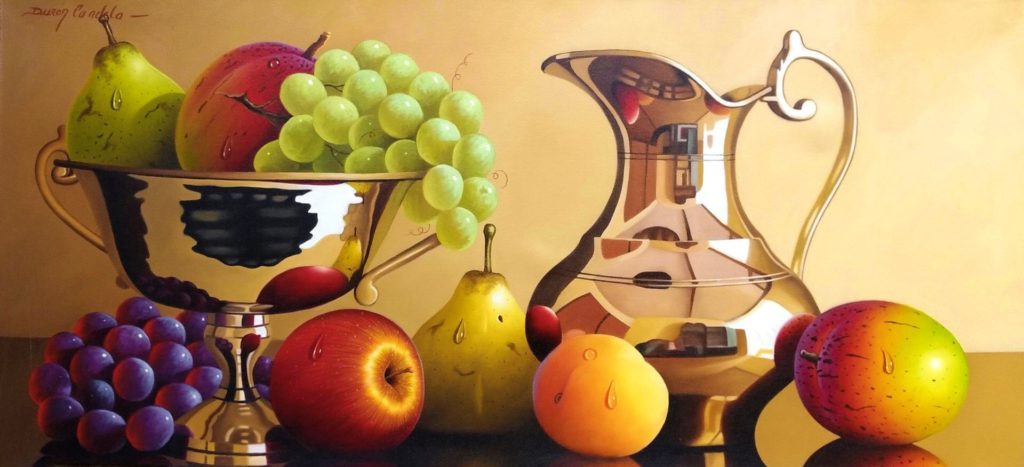
Artists who explore the process of abstraction .i.e., simplification and rearrangement, create images that look less like the object on which they are based on, although they may still be recognizable.
For example: have a look at the artwork below.

In the extreme type of abstraction, the subject does not refer to any physical object and this non-representational image is thus considered non-objective. Here, the subject may be difficult for the observer to identify, since it is based solely on the elements of art rather than real-life people or objects.
This type of subject often refers to the artist’s idea about energy and movement which guides the use of raw materials and it communicates with those who can read the language of form.
For example: have a look at the artwork below.

Regardless of the type of art, the most important consideration is ‘what is done with the subject’. After you recognize the subject in a work (whether it is obvious or not), ask yourself whether the artist has given it expression or not.
Context
Context can be defined as the meaning of an artwork impacted by its history, the mode of encounter and surroundings and the writings or description or text, about or surrounding, that artwork. So, it consists of all of the things about the artwork that might have influenced the artwork or artist. These would include, ‘When the work was made’, ‘Where it was made, both culturally and geographically’, ‘Why it was made’ and any other possible detail or information.
Let’s take a close look at, “the mode of encounter”. When this is mentioned with regards to an artwork, it means where, when and how you saw that artwork. Is it in a museum, a sculpture garden, an online blog, Facebook, Google Search etc. Each of these modes of encounter will change your perception of the artwork slightly due to lighting, intent and the other things around it or the things written about or with the artwork.
How do writings or text surrounding the artwork fit in with this? Well, everything a critic, art historian, curator or student writes about an artwork adds to perceptions, meanings and interpretations of that artwork. We can also use articles and videos of the artwork to add to our own understanding of the content of the work.
Contextualism — looking at the cultural context of an artwork — can deepen or improve our understanding of the artwork but it may or may not change our first impression and it doesn’t have an effect on it’s formal analysis.
With some additional contextual information about the time, culture and artist of an artwork, we can become more informed. All artworks exist in a context or to be more accurate, all artworks exist in multiple contexts.
Historical Context
Time is the most basic and first context we consider. When we say, “When in time?” the question is also related to where in time and has considerations related to context.
Art and Artist Context
The context for the artist or creator includes:
- Their culture, their world-view (where they grew up, family values etc.)
- Their place, geography (For example: city, rural, home, traveling)
- Their “world-view”, religion, beliefs, etc.
Viewer Context
Context also has to do with the viewer.
For example: When a person in Paris in the 1890s looked at a Van Gogh painting, how that painting looked and felt and seemed to her was very different from an American viewer looking at the same painting today. When thinking about a viewer’s context, it’s useful to think about the following, since all of them can affect how person sees or responds to an artwork:
- Time
- Culture
- Nationality
- Gender
Rules of Good Design
As I have always said, “There are no rules or laws for Good Design”. But we do have some Guidelines to help designers, students or beginners to start off. Also, remember there are exceptions too, sometimes we may break rules.
Rules for Good Design are categorized based on Audience, Colors, Layout and Typography.
Rules based on Audience
- Design should have a concept, idea or message.
- Design elements used should be comprehensible by the Audience.
- Design elements should have visual harmony .i.e., all elements should appear to have the same visual language.
- Design should have a visual hierarchy. It is the process, to guide your Audience through your design.
Rules based on Colors
- Use color based on the Psychological and Emotional requirements of the Design.
- There should be clear noticeable distinction between Contrasts and Tonal values.
- Avoid using too many colors.
Rules based on Layout
- Analyze your target audience.
- Try to use of negative space to attract attention.
- Create contrast between elements as per their importance.
- Create flow to guide audience to navigate through your design.
- Layout should answer, ‘Why the Design was created?’
- Create a template for using type, size and colors.
Rules for Typography
- Chose the right Typeface category for your design.
- Text should be clear and easy to read.
- Visual hierarchy could also be established using Text.
- Avoid using more than 2-3 Typefaces.


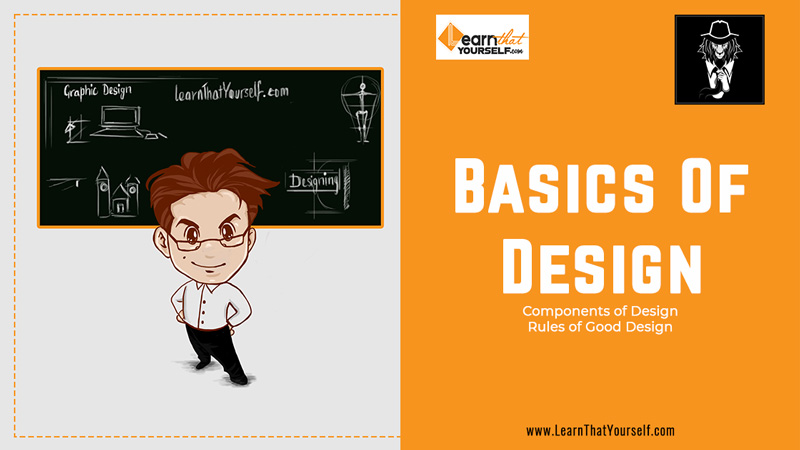
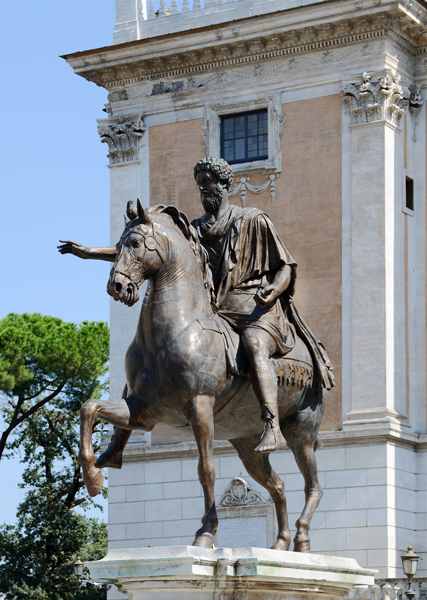
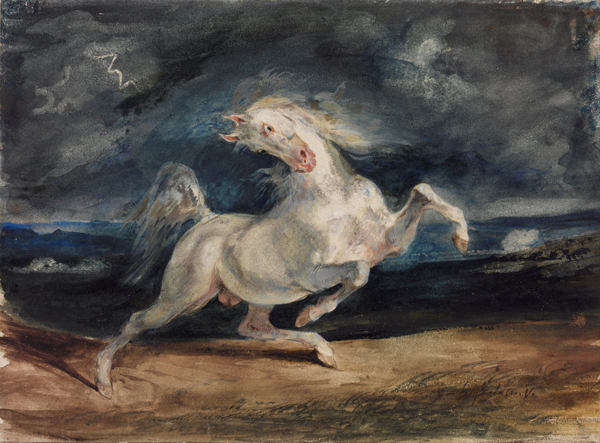
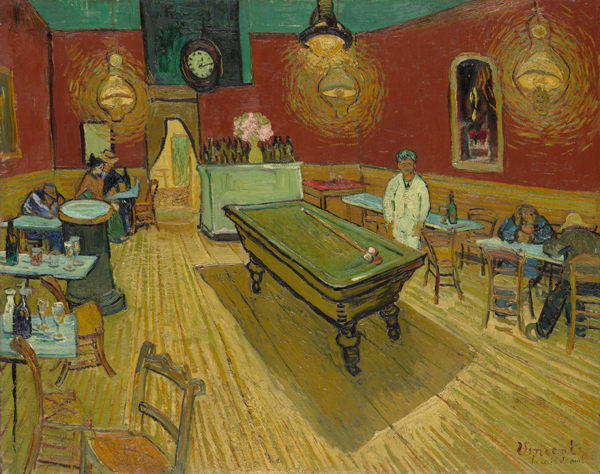
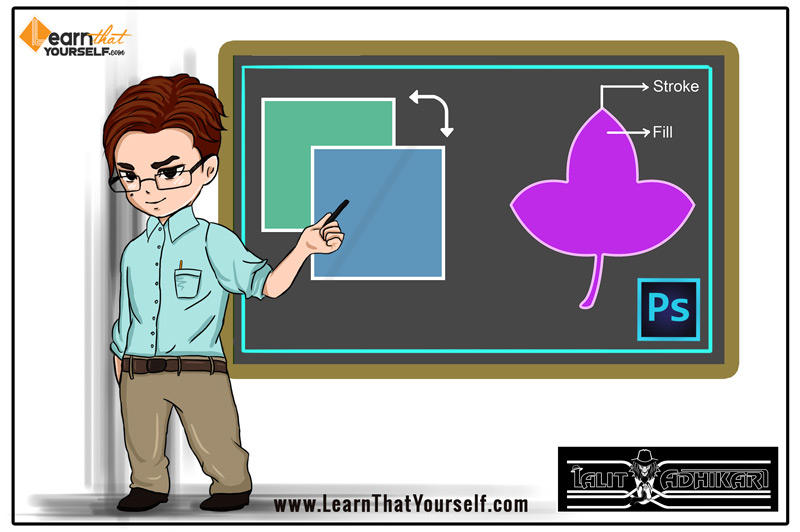



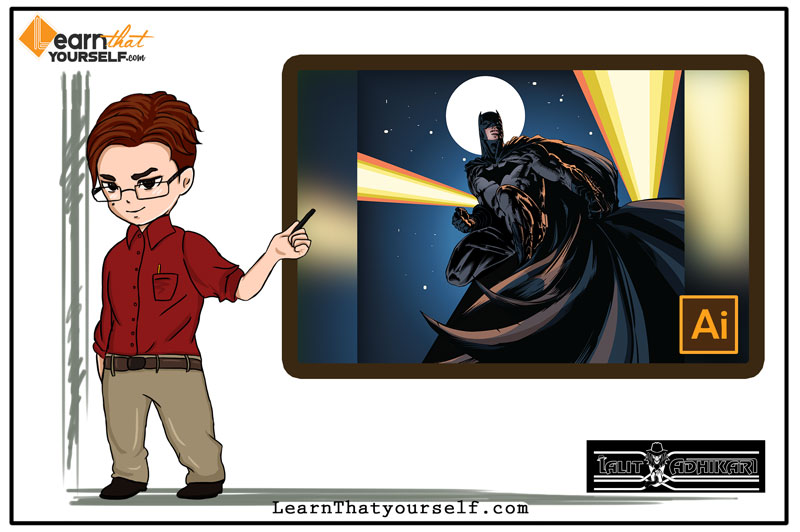
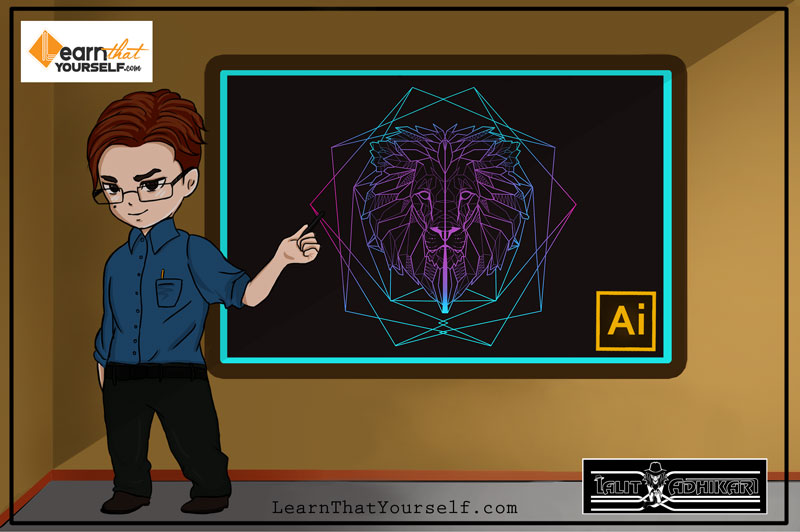
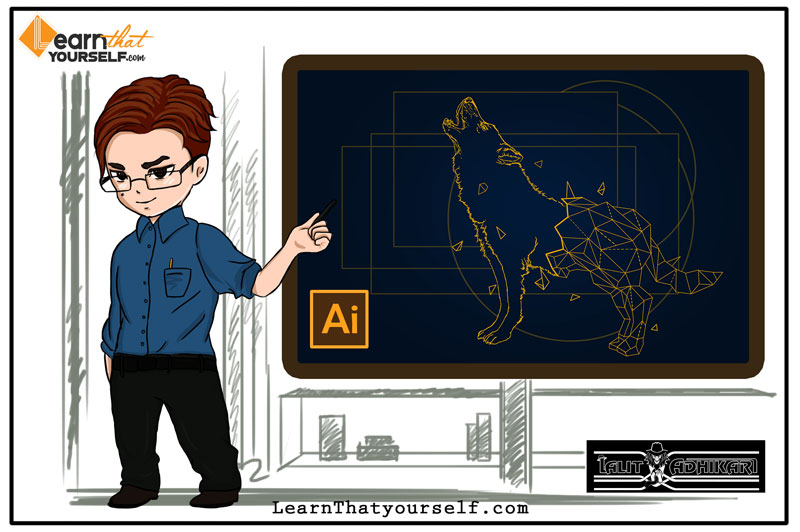
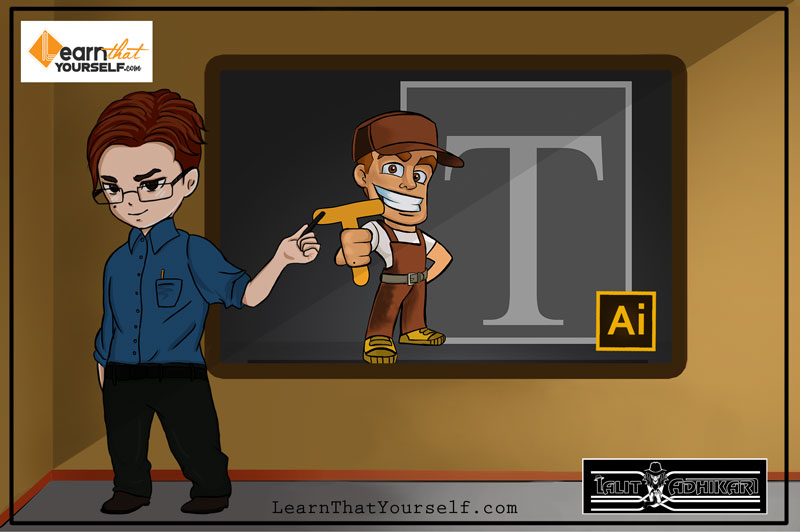
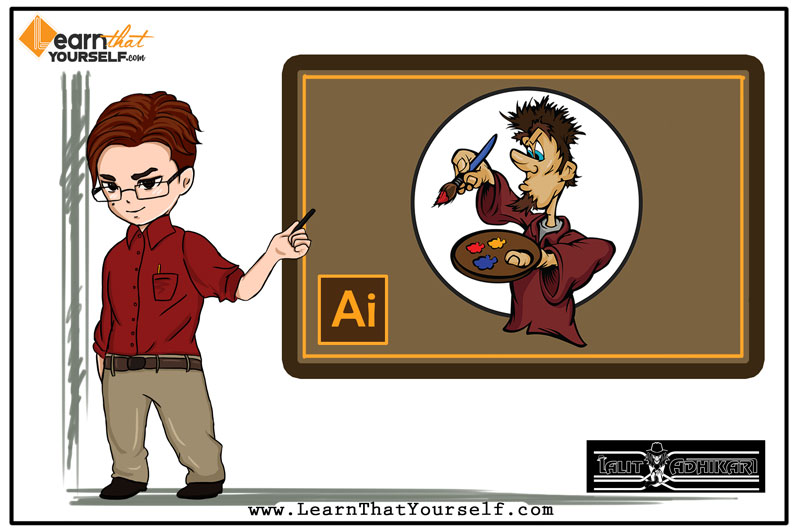
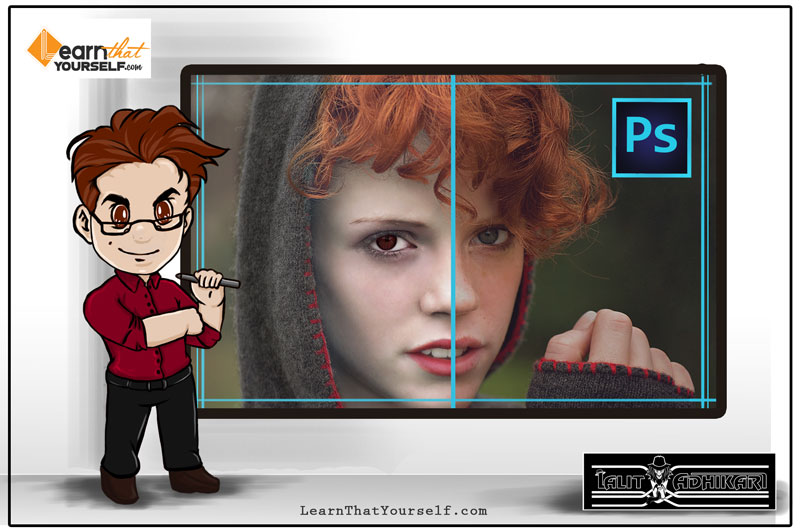

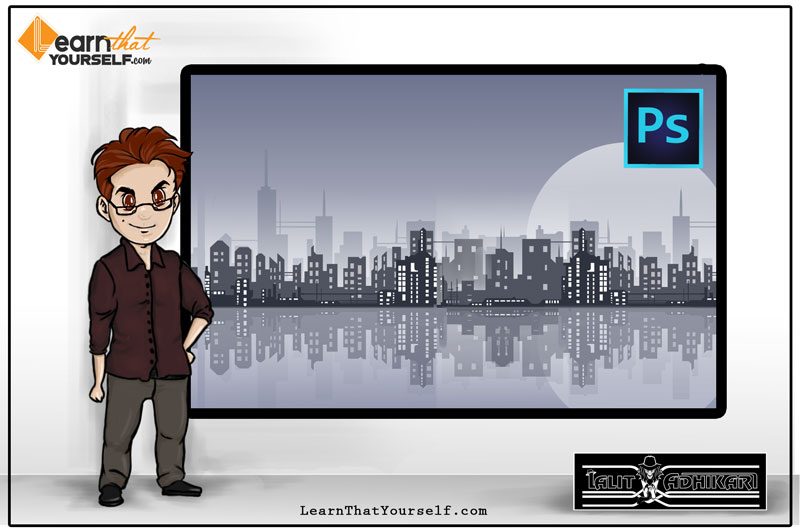
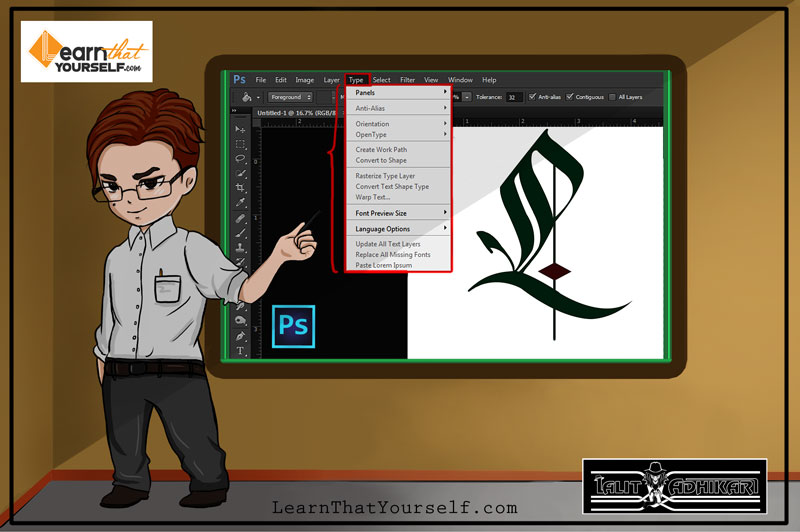
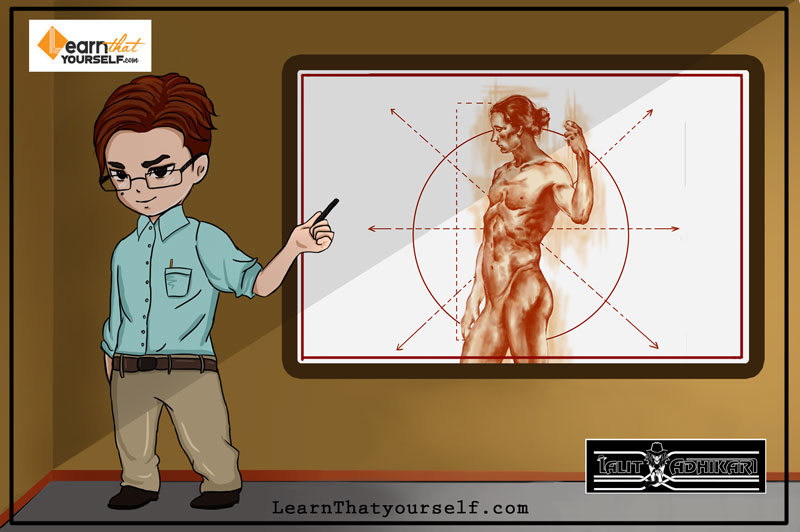
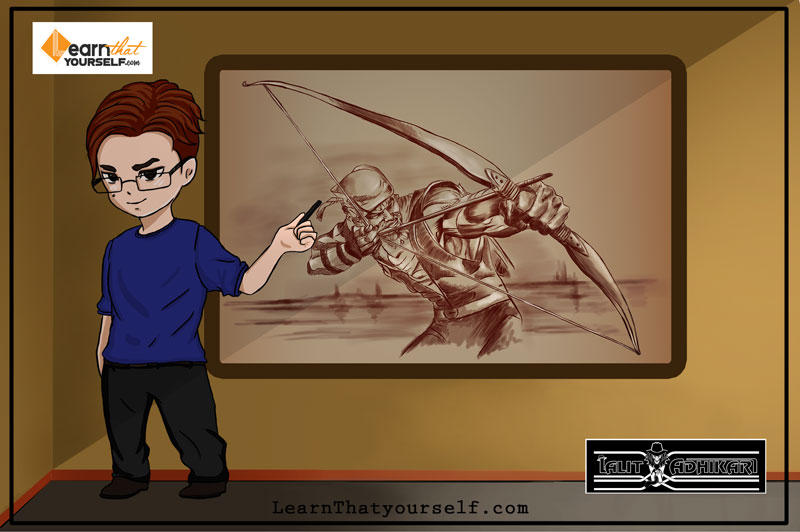


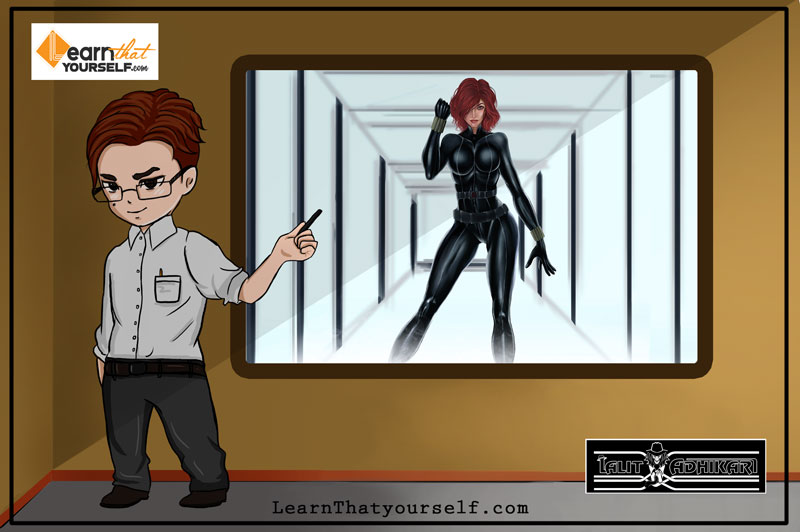

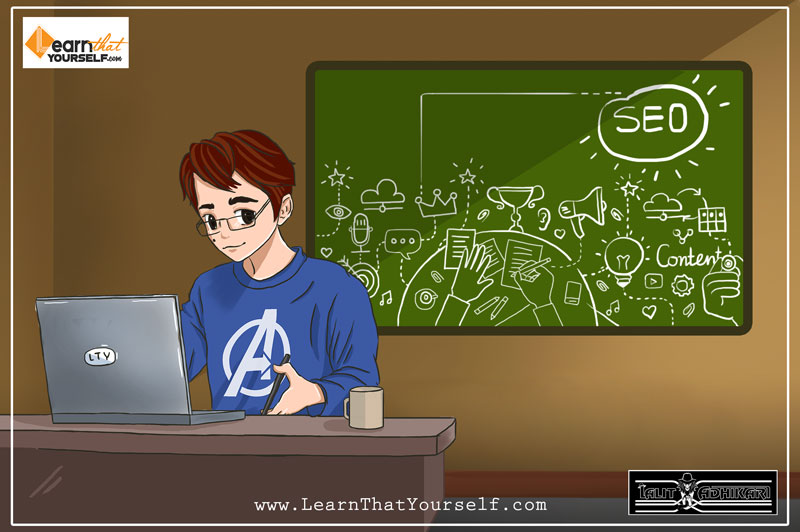


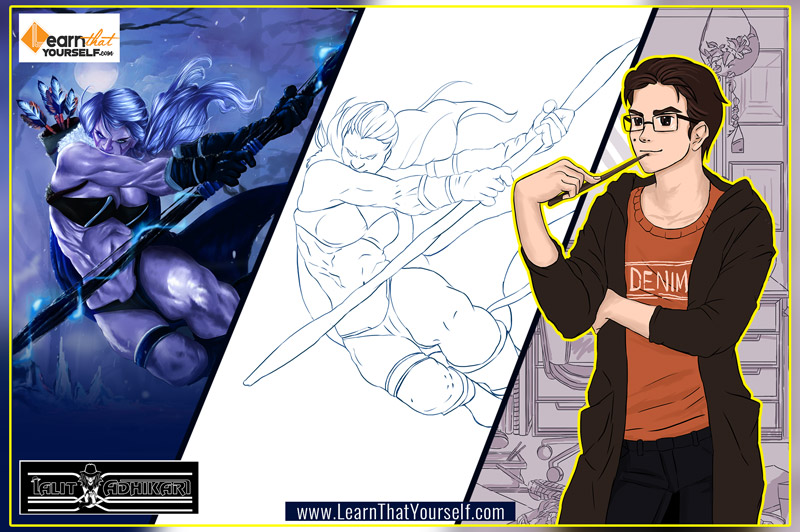
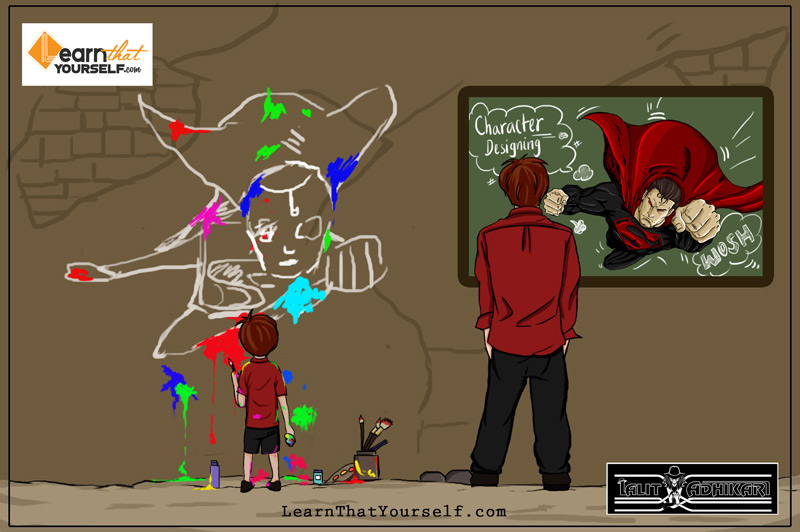
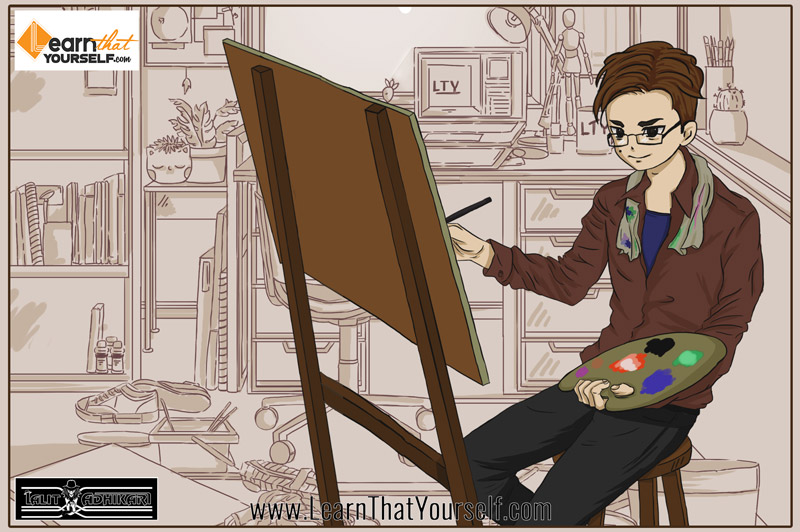
This is a great piece of information and I had been looking for it for a while. Basics of Design is a pretty deep topic and I think you had dived deep enough. Thanks for penning it down!